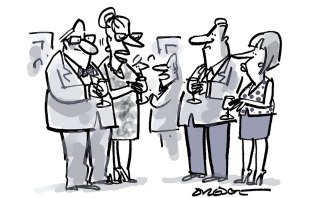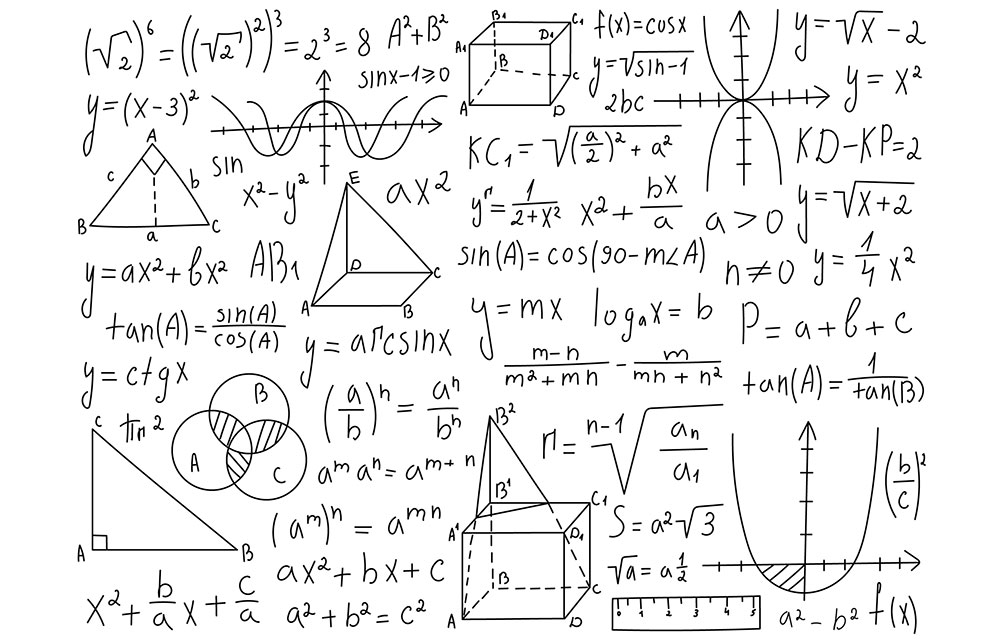For many, not just mathematicians, the Riemann hypothesis is the very definition of a supremely difficult problem that might be forever beyond our intellect. Most mathematicians had given up on it, being pessimistic about making any headway. But recently, the first progress – although not a solution – in more than 50 years has been made.
The 165-year-old hypothesis was bequeathed to us by German mathematician Berhard Riemann. It deals with prime numbers – numbers that can only be divided by themselves and 1. For example, 2, 3, 5, 7, 13, 17, 19 and so on to infinity.
Has our universe taken only one pathway out of a possible mathematical multiverse?
They first appeared in 300 bc with Euclid. His work Elements is like reading poetry using numbers. Probably compiled from earlier works, it is arguably the greatest work of mathematics. It is thought to be second only to the Bible in the number of editions produced since its first printing in 1482. Of its 13 books, it is number nine that says there are an infinite number of primes.
They look innocent, but they are not. They are the building blocks of all numbers, as atoms are to the physical universe. The scaffolding of a mathematical universe that reaches to infinity – because mathematics is the only thing that can be truly infinite. The nature of the primes is among the greatest of mysteries.
We see that there are patterns in numbers, sometimes complicated, sometimes trivial. Examples are triangular numbers that can make triangles, 1, 3, 6, 10, 15 etc, and Fibonacci numbers – where each one is the sum of the preceding two numbers, for example, 0, 1, 1, 2, 3, 5, 8, 13, 21 etc. The number of petals on a flower is inevitably a Fibonacci sequence, as is the number of spirals in a fir cone, and the pattern in a seashell.
It is the distribution of the primes that Riemann and modern mathematicians are interested in. Primes have a unique pattern. They are used in computations and cryptography, for instance, in protecting our financial transactions. No big business could survive without prime encryption protocols.
In recent years we have seen some of the toughest problems in maths solved. Fermat’s Last Theorem (which deals with the relationship between three different numbers) was toppled by Andrew Wiles in 1994. In 2003 the eccentric Russian mathematician Grigori Perelman proved the Poincaré conjecture, which is about three-dimensional spaces. He was awarded the Fields Medal, one of the highest mathematical honours, but declined – the only person ever to have done so. He says he has quit mathematics. A reporter who once called him was told: ‘You are disturbing me. I am picking mushrooms.’
There are many mathematical problems remaining; one is the twin primes conjecture, which stipulates that there is an infinite number of pairs of primes separated by two. We think it’s true but we can’t prove it. Then there is Goldbach’s conjecture, one of the oldest and simplest problems in maths. It says that every even number greater than two is the sum of two primes. It’s been shown to be true up to the numbers 4 quintillion (that’s 4 followed by 18 zeros), but we haven’t been able to prove it’s true of every number.
But the Riemann hypothesis stands inviolate above these. There is a $1 million prize from the Clay Mathematics Institute for anyone who solves it, but for many years nobody was working on it. Almost everybody gave up, clueless as to how to tackle it.
The hidden pattern of the primes was glimpsed in the late 1700s by the German mathematician Carl Friedrich Gauss when he was aged only 16. He saw that the frequency of prime numbers seems to diminish as they get bigger. He suggested a simple formula to describe it, which showed that the strange thing about primes is that predicting exactly where they will turn up is challenging, but estimating how many there might be in a certain number interval is surprisingly straightforward.
Clearly, the distribution of primes has a certain logic that implies some deep truth about numbers. Gauss appreciated the complexity of primes when he said that any child can pose questions concerning the primes that the wisest mathematician cannot answer. The Riemann hypothesis goes some way to explaining the distribution of primes, but it has never been proved, and now – in what has been called a sensational breakthrough – James Maynard of Oxford University and Larry Guth of the Massachusetts Institute of Technology have made the most important step for decades in proving that there are, if any, very few exceptions to the hypothesis.

More than a hundred years ago the German mathematician David Hilbert said that if he woke up after sleeping for 500 years, his first question would be whether the Riemann hypothesis had been solved.
The great Hungarian mathematician Paul Erdos used to talk about ‘The Book’ where he imagined God kept the most elegant proofs. He later said he didn’t believe in God, but that he did believe in the book. Einstein once said: ‘What really interests me is whether God had any choice in the creation of the world.’
What Einstein was getting at is the question of whether maths somehow exists outside of time or space, eternal and timeless, somehow beyond our understanding of reality. Before there was anything physical, were there numbers? Is our number system the only one, or can nature count in other ways? Has our universe taken only one pathway out of a possible mathematical multiverse?
If you woke up after 50,000 years we may not have an answer to that question. Possibly we never will.







Comments